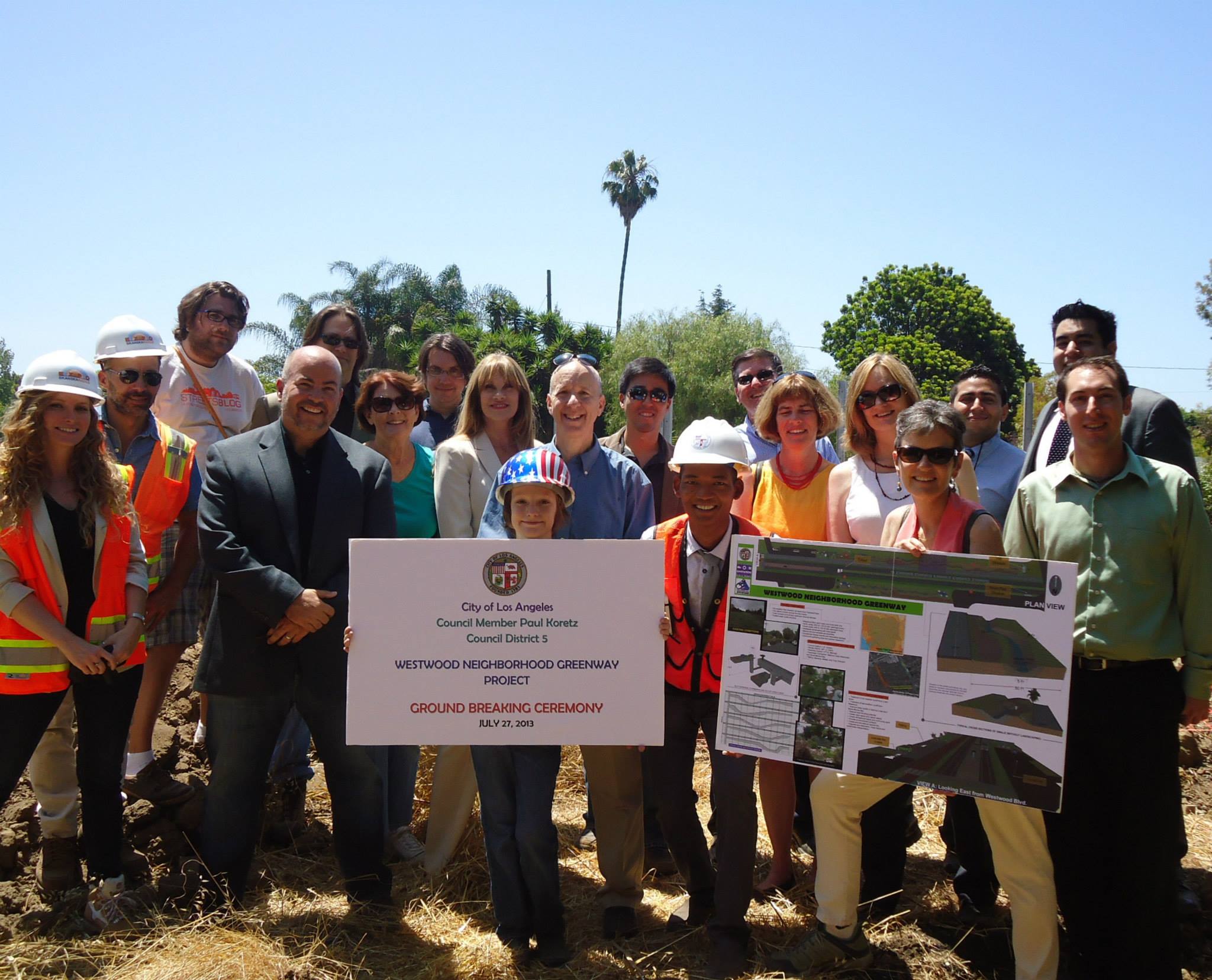During Melanie's sabbatical, we thought it would be fun and interesting for our readers to have a chance to meet the Board of Directors of the California Streets Initiative, the non-profit that publishes Streetsblog California, Streetsblog Los Angeles and Streetsblog San Francisco.
Our first interview is with Jon Weiss (Streetsblog author's page, here.) Weiss, a longtime supporter of bringing rail transit to West Los Angeles and member of the city's Bicycle Advisory Committee joined our board in early 2015 and has served as chair and president of the board.
This interview covers Jon's early advocacy in Los Angeles fighting to preserve rail right of ways from the old trolley system that has become parts of Metro and Metrolink rail services today to his efforts to get the city to build (and perhaps one day soon) complete a bike trail that runs parallel to the "E Line" (or Expo Line) through West Los Angeles.
A long-time member of the city's bicycle advisory committee, Weiss believes that there are good elected officials that want to do the right thing by promoting active transportation and transit, but they don't have the support to do so.
"We're in a third boom of bicycling in my lifetime. The first was gas prices (in the 1970's). The second was Lance Armstrong...which was mostly roadies but did bring a lot of people to biking. With COVID, the numbers have jumped and they're really jumping with e-bikes. People that read Streetsblog know there's a new bill passed to fund people buying e-bikes," says Weiss.
"The more people that are out there biking, the more pressure there's going to be on politicians. There's a lot of politicians that want to do the right thing, but they don't have the votes for it."
Weiss ends the interview with a big idea. Weiss believes there should be legislation passed that taxes the automotive and oil industries to run an advertising campaign similar to the TRUTH ads warning people of the dangers of tobacco. In Weiss' view, the more people that understand concepts such as induced demand or the difference in collision survival rates between 15 miles per hour or 25 miles per hour would dramatically change how people talk about transportation.






